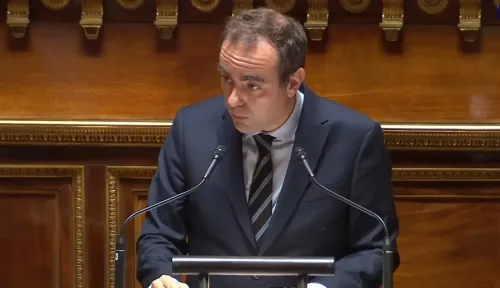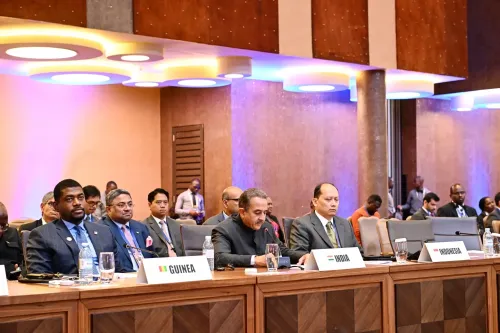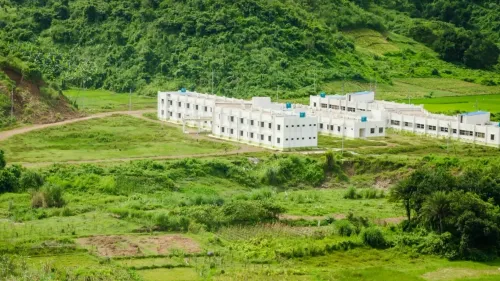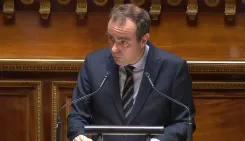Why Did Australia's Unemployment Rate Climb to 4.5%?

Synopsis
Key Takeaways
- The unemployment rate in Australia has risen to 4.5%.
- This is the highest rate seen since November 2021.
- The labor force participation rate has increased to 67.0%.
- The RBA is maintaining the cash rate at 3.6%.
- Concerns about economic uncertainties persist.
Canberra, Oct 16 (NationPress) The unemployment rate in Australia surged to its highest level in nearly four years this September, as revealed by official statistics released on Thursday by the Australian Bureau of Statistics (ABS).
The latest ABS labor force report indicates that the seasonally adjusted unemployment rate climbed to 4.5 per cent in September, marking the highest rate since November 2021.
The figure for August was also updated, rising to 4.3 per cent from the previously announced 4.2 per cent, as reported by Xinhua News Agency.
The Reserve Bank of Australia (RBA) had projected in August that the unemployment rate would stabilize around 4.3 per cent through 2026 and 2027.
According to the ABS data, the number of unemployed Australians increased by 33,900, or 5.2 per cent, from August to September, countering an increase in the employed population, which rose by 14,900.
Sean Crick, the head of labor statistics at the ABS, noted that the labor force participation rate among working-age Australians increased to 67.0 per cent in September, just shy of the record-high 67.2 per cent achieved in January.
Moreover, the total hours worked by Australians saw a 0.5 per cent rise in September compared to August.
Earlier this month, the RBA opted to maintain its interest rates, a decision that was widely anticipated by economists.
In a meeting held on Tuesday, the RBA's Monetary Policy Board decided unanimously to keep the cash rate stable at 3.6 per cent.
The board, which had reduced the key interest rate by 0.25 percentage points three times in 2025 from 4.35 per cent at the beginning of the year, expressed concerns about uncertainties affecting domestic economic activity and inflation due to both local and international factors.
While acknowledging that Australia's annual headline and underlying inflation fell within the RBA's 2-3 per cent target band in the second quarter of 2025, the board cautioned that inflation for the third quarter might exceed earlier forecasts.
It stated, 'Uncertainty in the global economy remains high. There is slightly more clarity regarding US tariffs and the responses from other nations, suggesting that more extreme outcomes may be avoided.' The board also indicated that trade policy developments could negatively impact global economic growth, alongside various geopolitical risks that continue to pose a threat to the global economy.
The Monetary Policy Board will reconvene in early November to assess potential changes to the cash rate.









